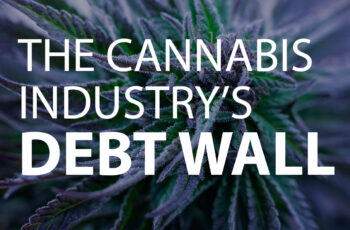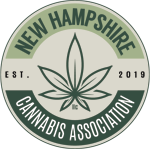Cannabis Financing Rates Drop with Decrease in FED Base Rate
The Federal Reserve finally lowered base rates by half a point on September 18th 2024. Will this provide relief for cannabis businesses looking for financing?
The answer is yes, and no.
What Does the Base Rate Decrease Mean for Cannabis Financing?
Through the last six or so years we’ve been advising our cannabis clients that the average rate for average risk is 12% when it comes to cannabis loans. Through the last few years of Federal Reserve base rate increases the mid to high risk rates really haven’t changed.
What have changed are traditional lender rates, especially since they borrow from the Federal Reserve.
In 2020 credit unions and banks that lend to cannabis companies were financing at rates from 5.5% to 11% on average for collateralized loans. Before the current FED rate cut they were lending in a window of 8% to 13%.
One of our partner credit unions advised they are now lowering their rates to high sixes to low sevens. Movement in the right direction for sure.
Which Cannabis Borrowers Will this Help ?
We foresee two groups that will benefit most from traditional lender rate reductions.
Those cannabis companies with the trifecta of strong corporate financial history, strong personal guarantors that can financially back the loan and great real estate collateral, location and type will benefit the most. Banks and credit unions are still risk averse, but the reward for those that qualify will be the lowest rates and longest repayment terms they offer.
The second group to benefit will be those that have perhaps one weak pillar, but would still fall within a traditional lenders parameters. Just that they will be on the higher end of the low risk lender type. The highest bank and credit union rates are still generally cheaper than private or hard money rates. You won’t get the best rates and terms, but may get better rates than non-traditional lender alternatives.
Cannabis companies that fall outside of bank or credit union lending requirements will still need to approach the private and high risk money lending pool. Rates and terms there have remained steady.
What are the Current Cannabis Lender Type Rates and Terms?
Cannabis loans break down into three categories. Real estate, equipment and unsecured capital. Most lender types will finance real estate, some will finance equipment and few will provide unsecured capital loans.
Real Estate Financing
- Traditional Lenders: 65%-80% LTV. 6.75% to 13% rate window. 10-25 year repayment terms. 1-3 points charged.
- Private Money: 65%- 75% LTV. 10% to 14% rate window. 2 year interest only to 15 year principle and interest. 2-4 points charged.
- Hard Money: 40%-50% LTV. 14% to 18% rate window. 1-2 year interest only. 5-9 points charged.
Equipment Financing
- Traditional Lenders: *fewer options for equipment and prefer durable equipment. 40%-75% LTV. 7.75% to 13% rate window. 1-3 year repayment terms. 1-3 points charged.
- Private Money: 50%-100% LTV. 12% to 15% rate window. 1-3 year with extensions to 4-5. 3-5 points charged.
- Hard Money: 50%-75% LTV. 14% to 18% rate window. 1-3 year. 4-7 points charged.
Unsecured Capital
- Traditional lenders will not provide. Lines of credit are generally not available for the cannabis industry unless tied to a piece of real estate (asset backed lines of credit).
- Private Money: Based on revenue or receivables. Can be based on POs from one established company to another. 1 to 24 month repayment terms. Use rate factors that when translated to an APR start in the twenties. Rates here are the same for all industries including cannabis.
- Hard Money: Same as private money.
How Can I Find Out if My Cannabis Company Qualifies for a Loan?
That is where we can help! We work with a variety of traditional, private money and hard money lenders and can help you determine what programs you might qualify for and what the range of rates and terms may look like.
Contact us today to schedule your no-obligation discovery call.

About the Author: Daryl Eames is the founder of the NH Cannabis Association & Loanviser. He has advocated for cannabis legalization in the state of New Hampshire and has deep experience in cannabis financing and cannabis merchant processing, servicing the cannabis industry since 2019.





